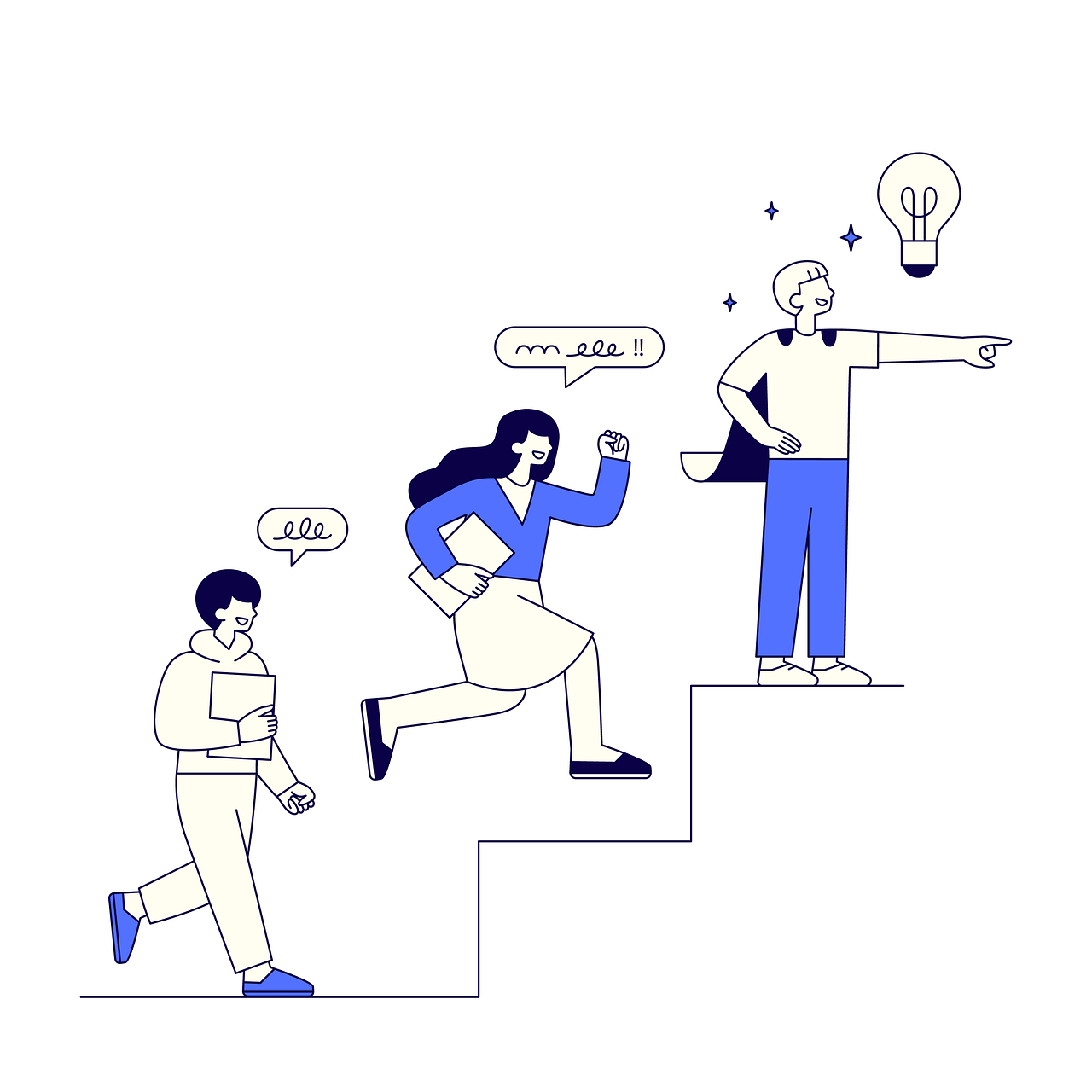Introduction
As organizations adopt Symbiotic Intelligence approaches, they face a critical challenge: traditional leadership roles are not designed to orchestrate human-AI collaboration effectively. This article explores the new leadership roles emerging to bridge this gap and provides guidance for organizations looking to implement these roles.
The Leadership Gap
Why Traditional Roles Fall Short
Current leadership structures typically separate technical and human leadership:
- Technical leaders (CIOs, CTOs) focus on system implementation and performance
- Human leaders (CHROs, team managers) focus on human performance and development
This separation creates silos that impede effective Symbiotic Intelligence, where the interaction between humans and AI is the primary source of value. Neither technical nor human leaders are typically equipped to design and optimize these interactions.
Emerging Leadership Roles
Chief Symbiotic Officer (CSO)
The CSO is an executive-level position responsible for orchestrating human-AI collaboration across the organization. Key responsibilities include:
- Developing the organization's Symbiotic Intelligence strategy
- Aligning technical AI development with human capability development
- Establishing metrics and governance for human-AI collaboration
- Advocating for both human and AI needs in executive decisions
The ideal CSO has a hybrid background spanning technology, psychology, and organizational development, with strong systems thinking capabilities.
Symbiotic Intelligence Architects
These mid-level leaders design the specific interaction patterns between humans and AI systems. Their responsibilities include:
- Mapping cognitive workflows to identify optimal division of labor
- Designing interfaces and interaction protocols
- Creating feedback mechanisms that enable co-evolution
- Developing training for both humans and AI systems
Effective SI Architects combine expertise in user experience design, cognitive science, and machine learning operations.
Augmentation Coaches
These front-line leaders work directly with employees to develop their ability to collaborate effectively with AI. Their responsibilities include:
- Helping employees develop mental models of AI capabilities and limitations
- Training specific interaction skills for different AI systems
- Facilitating reflection and learning from human-AI collaboration
- Identifying and addressing psychological barriers to effective collaboration
Augmentation Coaches typically have backgrounds in learning and development, combined with sufficient technical understanding to translate between technical and non-technical stakeholders.
Case Studies
Financial Services: Full Implementation
A global investment bank created all three roles as part of a comprehensive Symbiotic Intelligence initiative:
- The CSO reports directly to the CEO and co-chairs the technology investment committee with the CTO
- SI Architects are embedded in each business unit, working at the intersection of data science and business operations
- Augmentation Coaches work with trading desks, research teams, and client advisors to develop effective collaboration with various AI systems
Results: After 18 months, teams with dedicated Symbiotic Intelligence leadership showed 32% higher productivity gains from AI implementation compared to control groups.
Healthcare: Hybrid Approach
A regional healthcare system took a more gradual approach:
- Rather than creating a CSO position, they formed a Symbiotic Intelligence Council co-chaired by the CIO and Chief Medical Officer
- They hired two SI Architects who rotate between departments implementing AI solutions
- They trained existing clinical educators to serve as part-time Augmentation Coaches
Results: This approach required less organizational disruption while still providing the essential functions of Symbiotic Intelligence leadership. AI adoption rates were 47% higher in departments that had completed the rotation with SI Architects compared to those still waiting.
Implementation Guidelines
Assessing Organizational Readiness
Before implementing new leadership roles, assess:
- The scale and maturity of AI implementation
- The complexity of human-AI interactions required
- The organization's appetite for structural change
Organizations just beginning their AI journey may start with part-time roles or committees before creating dedicated positions.
Selecting the Right Leaders
The most effective Symbiotic Intelligence leaders share certain characteristics:
- T-shaped skills: Deep expertise in one domain (technical or human) with sufficient breadth in the other
- Systems thinking: Ability to understand complex interactions and emergent properties
- Learning orientation: Comfort with continuous experimentation and adaptation
- Translation ability: Skill in communicating across technical and non-technical stakeholders
Many organizations find that these leaders emerge organically as "bridge builders" during early AI implementations.
Measuring Success
Evaluate Symbiotic Intelligence leadership through:
- Adoption rates of AI systems
- Quality of human-AI collaboration outcomes
- Employee satisfaction with AI tools
- Speed of learning and adaptation in human-AI systems
Conclusion
As Symbiotic Intelligence becomes a critical source of competitive advantage, organizations need leadership roles specifically designed to orchestrate human-AI collaboration. Whether implemented as formal positions or added responsibilities, these roles fill a crucial gap in traditional organizational structures.
By investing in Symbiotic Intelligence leadership, organizations can accelerate the journey from basic AI implementation to true human-AI symbiosis, where the combined system achieves outcomes neither humans nor AI could reach independently.
